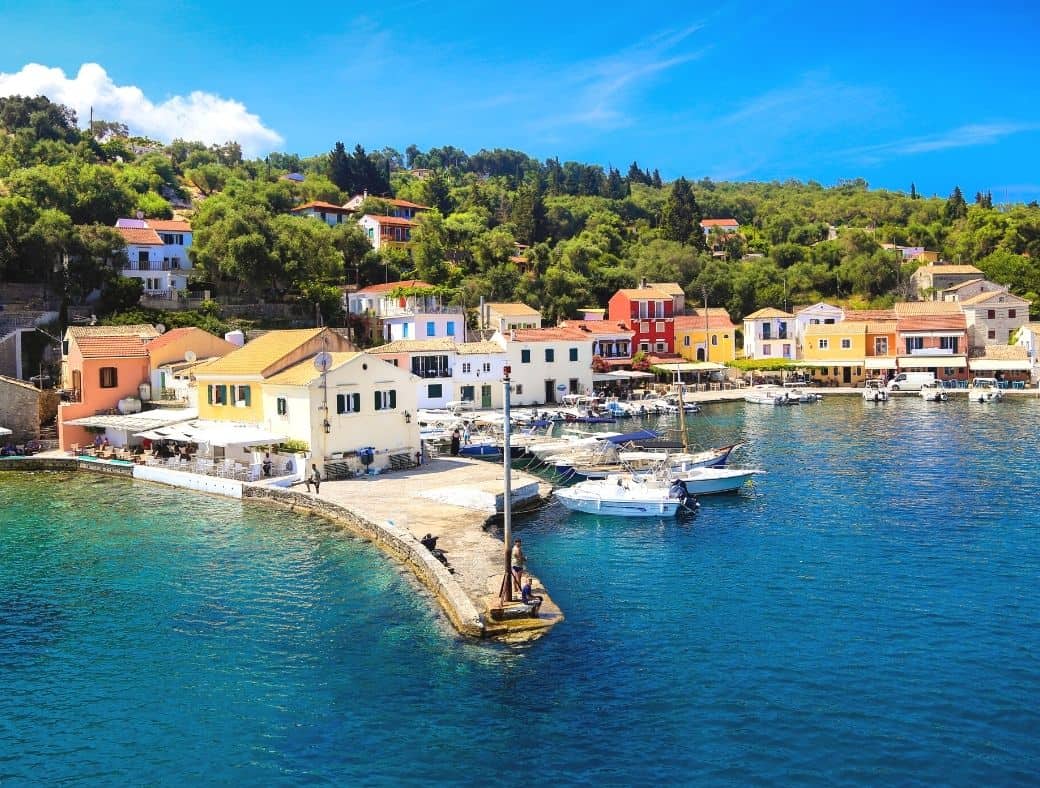Paxos Island – Greece
General
Paxos (or Paxoi or Paxi) is a small Greek island in the Ionian Sea renowned for its clear turquoise waters, traditional villages, and lush landscapes. Its serene atmosphere, picturesque scenery, and cultural charm make it a popular destination for travelers seeking an authentic Greek island experience.
History
Steeped in myth and legend, one popular tradition attributes the island's creation to the god Poseidon. According to this myth, Poseidon struck nearby Corfu with his trident to form Paxos, providing him and his wife Amphitrite a secluded retreat. Beyond its mythical origins, Paxos has been inhabited since ancient times. It was settled by Greek colonists and later became part of the Roman and Byzantine realms. The island then experienced significant Venetian influence from the 14th century onward—a period that left a strong cultural and architectural mark. Subsequent phases of French and British control eventually paved the way for Paxos’s integration into modern Greece.
Geography
Paxos is the smallest of the Ionian Islands, characterized by a rugged, limestone landscape intermingled with fertile olive groves. Its coastline features secluded coves, sandy beaches, and clear waters, all set within a mild Mediterranean climate that enhances its lush, natural beauty.
Transport
The island is accessible primarily by sea. Regular ferry and hydrofoil services connect Paxos to the Greek mainland and neighboring islands such as Corfu. With no airport available, visitors rely on these maritime links along with local taxis or rental vehicles to navigate the narrow, winding roads that reflect the island’s traditional layout.

